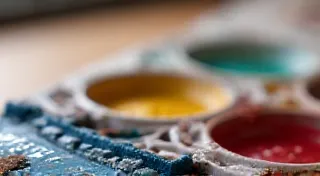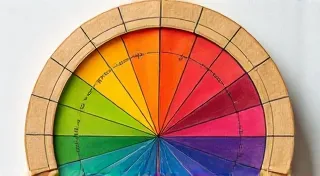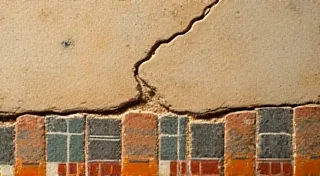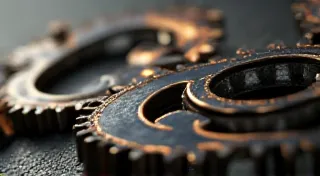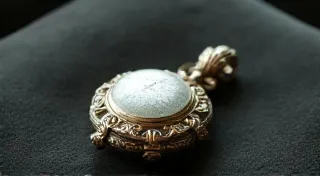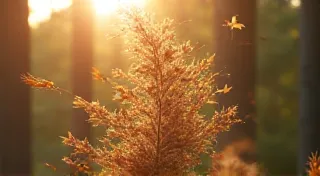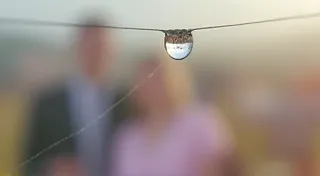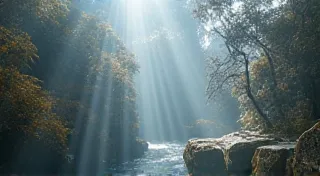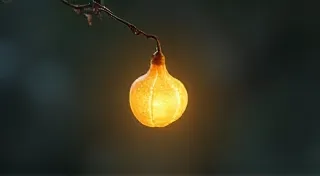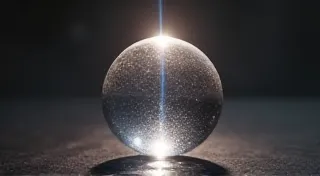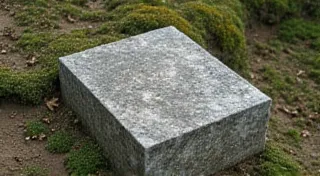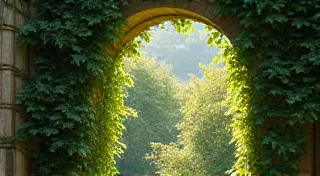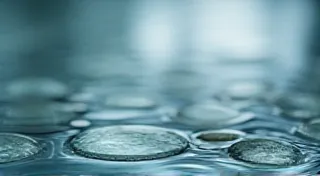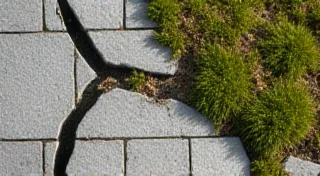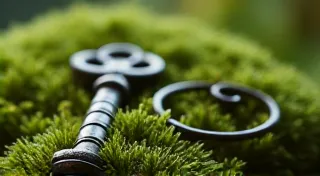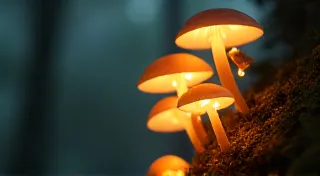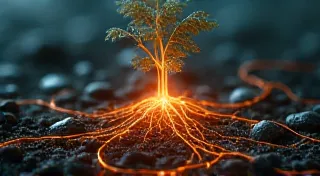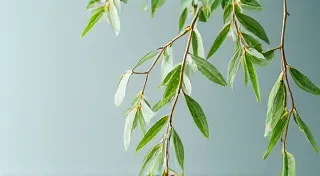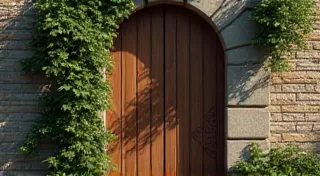Welcome to The Miniature Dollhouse Gardening Blog
Step into a world where tiny landscapes bloom with vibrant life – welcome to The Miniature Dollhouse Gardening Blog! Here, we explore the enchanting art of creating miniature gardens within dollhouses, terrariums, and other scaled-down settings. Whether you're a seasoned dollhouse enthusiast, a budding miniature hobbyist, or simply captivated by the beauty of small-scale landscapes, you're in the right place.
This blog is a curated collection of ideas, techniques, and inspiration for crafting stunning, realistic miniature gardens. We delve into every aspect of the process, from selecting the perfect miniature garden plants list to mastering advanced miniature bonsai techniques. Prepare to be transported to a realm of whimsical charm and meticulous artistry. Miniature gardening is more than a hobby; it’s a form of creative expression, a way to connect with nature on a smaller scale, and a surprisingly meditative practice. The precision and attention to detail required can be incredibly rewarding, offering a sense of accomplishment that’s hard to find elsewhere.
Getting Started: Foundations of Miniature Gardening
Creating a truly captivating miniature garden goes beyond simply placing tiny plants in a small space. It’s about understanding scale, composition, and the subtle details that bring a scene to life. Let's start with the basics:
The initial steps are crucial to setting the foundation for a thriving miniature world. Careful planning prevents common pitfalls and ensures a cohesive and aesthetically pleasing final product. Understanding the principles of design – balance, proportion, rhythm, and emphasis – will significantly elevate your miniature landscapes. For example, the golden ratio (approximately 1:1.618) can be applied to the arrangement of elements to create visually harmonious compositions.
Before you even consider planting, spend time sketching out your ideas. Experiment with different layouts, plant combinations, and hardscape elements. Don't be afraid to try something unconventional – miniature gardening is a space for creativity and experimentation.
- Plant Selection: Choosing the right plants is paramount. Consider size, color, texture, and growth habits. Consult a miniature garden plants list for inspiration. Popular choices include dwarf varieties of conifers, succulents, mosses, and creeping plants. Consider the light conditions of your miniature garden – full sun, partial shade, or full shade – when selecting plants. Dwarf Alberta Spruce, Sedum, and Irish Moss are excellent starting points.
- Soil Mixtures: The right soil provides the foundation for healthy growth. A well-draining soil mix is essential to prevent root rot. Combine peat moss, perlite, and vermiculite in equal parts for a balanced and nutritious soil mixture. Adding a slow-release fertilizer will provide essential nutrients for sustained growth. Different plant types may benefit from slightly different soil compositions. For instance, succulents thrive in a grittier, faster-draining mix.
- Landscape Design: Planning your layout is crucial. We offer endless landscape painting ideas to get you started! Learn to use subtle hues and create depth in your miniature worlds. If you want to truly master the art of composition, explore color harmonies. Think about the overall theme and narrative you want to convey. A woodland scene will require different elements than a desert oasis. Consider using varying levels of elevation to create visual interest and depth. Incorporate miniature pathways, bridges, and water features to enhance the realism of your miniature landscape.
Texture is key to bringing depth and interest to your miniature landscapes. Discover techniques for achieving striking visual contrast in mastering textural contrast. Add character and narrative with using miniature figurines. These figurines can represent people, animals, or mythical creatures, adding a touch of personality and storytelling to your miniature world. The placement and interaction of these figurines can significantly impact the overall narrative.
Crafting Your Miniature World: Vessels, Irrigation, and Propagation
The details truly elevate a miniature garden. From planters to irrigation systems, thoughtful details breathe life into your creations.
Consider the container you're using. It could be a traditional terracotta pot, a repurposed teacup, or a custom-built miniature planter box. The container should complement the overall aesthetic of your miniature garden. If you're creating a fairy garden, a whimsical container with decorative elements would be a perfect choice. For a more rustic look, a weathered wooden container would be ideal.
Craft unique planters in crafting scale model flower pots. Automate your watering with automating miniature garden irrigation. Propagate rare plants in propagation techniques for rare plants. Propagating plants is a cost-effective way to expand your miniature garden and share your creations with others. Stem cuttings, leaf cuttings, and division are common propagation techniques. A little patience and careful attention to detail can yield impressive results.
For larger miniature gardens, a miniature irrigation system can be a lifesaver. Simple drip irrigation systems can be created using small tubing and emitters. This ensures that your plants receive consistent moisture, even when you're away. Regular misting can also help to increase humidity and prevent drying, especially for plants that thrive in moist environments.
Learn the art of dollhouse landscaping ideas to get you started! Adding miniature rocks, pebbles, and sand creates realistic terrain. Different types of sand, such as play sand and horticultural sand, offer varying textures and colors. Incorporate miniature fences, benches, and other decorative elements to enhance the overall aesthetic. Consider the scale of these elements – they should be appropriately sized for the miniature landscape. For example, a miniature park bench should be significantly smaller than a miniature house.
Exploring Diverse Miniature Worlds
The possibilities are limitless! Here's a glimpse into the diverse creations possible within miniature gardening.
- Terrarium Building: Create self-contained ecosystems with a terrarium building guide. Terrariums offer a unique opportunity to create miniature rainforests, deserts, or even alpine landscapes. The enclosed environment provides optimal conditions for moisture-loving plants and creates a self-sustaining ecosystem. Careful attention to ventilation and light levels is essential for the health of the plants.
- Greenhouses: Protect and showcase delicate blooms while creating miniature greenhouses. Miniature greenhouses provide a controlled environment for growing plants that require specific temperature and humidity levels. They are particularly useful for extending the growing season and protecting plants from harsh weather conditions. A miniature heating system can be incorporated to maintain a consistent temperature during colder months.
- Ephemeral Beauty: Cultivate fleeting beauty in cultivating miniature gardens of fleeting beauty. Embrace the ephemeral nature of plants – their cycles of growth, bloom, and decay – and incorporate it into your miniature landscape. Include plants that offer seasonal color and interest, such as cherry blossoms, tulips, and pansies. Observe the changes in your miniature garden over time and appreciate the beauty of each stage.
- Glass Globes: Create miniature worlds within miniature gardens within glass globes. Glass globes offer a unique way to display miniature gardens – they create a visually stunning and protected environment. The glass allows light to penetrate while shielding the plants from external elements. Miniature fairy gardens are particularly well-suited for glass globes.
- Vertical Gardens: Explore the art of vertical miniature gardens. Vertical gardens maximize space and add visual interest to your miniature landscape. They can be created using trellises, hanging planters, or stacked containers. Trailing plants, such as ivy and creeping Jenny, are ideal for vertical gardens.
- Water Features: Integrate water features in miniature worlds. Miniature ponds, streams, and waterfalls add a touch of tranquility and realism to your miniature landscape. A small pump can be used to circulate water and create a natural-looking flow. Include miniature stepping stones, bridges, and docks to enhance the aesthetic.
- Indoor Design: Orchestrate indoor miniature garden designs with intent in under glass. Indoor miniature gardens bring a touch of nature into your living space. Choose plants that thrive in indoor conditions and provide adequate light and humidity. Consider the overall décor of your room when designing your miniature garden.
- Moss Cultivation: Decode miniature moss cultivation secrets in the verdant cipher. Moss adds texture, color, and a touch of woodland charm to your miniature landscape. Different types of moss, such as sheet moss, reindeer moss, and sphagnum moss, offer varying textures and colors. Create a miniature moss garden by layering different types of moss and incorporating miniature rocks and logs.
- Fairy Garden Supplies: Discover authentic fairy garden supplies online in whispers of the fae. Fairy gardens are whimsical and enchanting miniature landscapes designed to attract fairies. Include miniature houses, furniture, and accessories to create a magical world. Use natural materials, such as twigs, pebbles, and moss, to create a rustic and enchanting aesthetic.
- Vintage Finds: Source vintage miniature garden elements in the collector’s nook. Vintage miniature elements add character and charm to your miniature landscape. Search for vintage houses, furniture, and accessories at antique stores and flea markets. These unique finds can add a touch of nostalgia and authenticity to your miniature world.
We hope this inspires your miniature gardening adventures!
